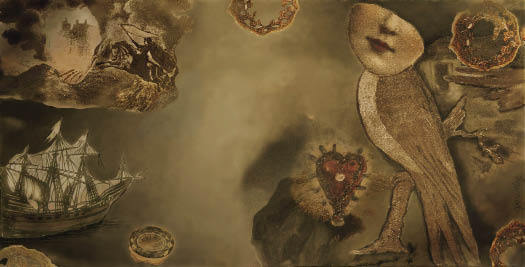In the summer of 1839, a man puts a telescope to his eye and inspects the Brazilian coastal town of Laguna. He is a foreign guerrilla leader whose recent success has brought the surrender of the imperial fleet. The liberator is on board its captured flagship, a seven-gun topsail schooner called the Itaparica, now at anchor in the lagoon from which the town gets its name. The telescope offers a view of a hilly quarter known as the Barra, containing a few simple but picturesque buildings. Outside one of them sits a woman. At the sight of her, the man, as he later put it, ‘forthwith gave orders for the boat to be got out, as I wished to go ashore’.
Anita Riberas was 18, of mixed Portuguese and Indian descent, with dark hair, large breasts, ‘a virile carriage and determined face’. She would have known the guerrilla’s name, since he had helped free her native town. But his search for both the young woman and her house was in vain, until he chanced upon a shopkeeper of his acquaintance who invited him in for coffee. And there, as if waiting for him, she was. ‘We both remained enraptured and silent, gazing on one another like two people who meet not for the first time, and seek in each other’s faces something which makes it easier to recall the forgotten past.’ That’s how he put it, many years later, in his autobiography, where he mentions an additional reason for their enraptured silence: he had very little Portuguese, and she no Italian. So he spoke his eventual greeting in his own language: ‘Tu devi esser mia.’ You must be mine. His words transcended the problem of immediate understanding: ‘I had formed a tie, pronounced a decree, which death alone can annul.’
Is there a more romantic encounter than this? And since Garibaldi was one of the last romantic heroes of European history, let’s not quibble over circumstantial detail.






Comments
Join the debate for just £1 a month
Be part of the conversation with other Spectator readers by getting your first three months for £3.
UNLOCK ACCESS Just £1 a monthAlready a subscriber? Log in